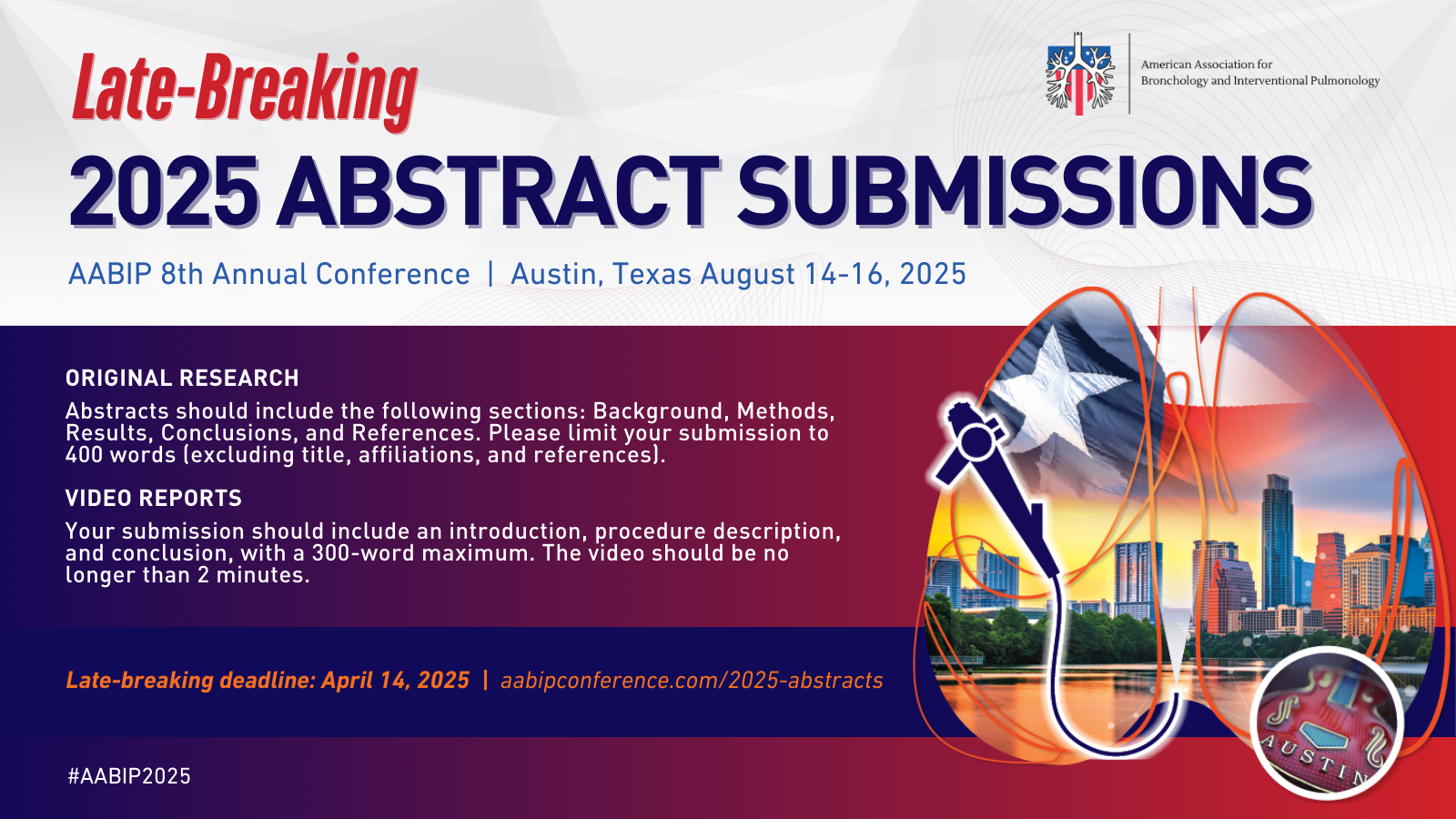https://pubmed.ncbi.nlm.nih.gov/19318660/
Retrospective
Reference: Endo C, Miyamoto A, Sakurada A, et al. Results of long-term follow-up of photodynamic therapy for roentgenographically occult bronchogenic squamous cell carcinoma. Chest. 2009;136(2):369-375.
Background: Photodynamic therapy (PDT) has been used to treat early-stage, centrally located lung cancers. This is a retrospective study of PDT with Photofrin in patients with early-stage, radiographically occult bronchogenic squamous cell carcinoma.
PICO:
Population –- 48 patients with medically operable, non-metastatic, radiographically occult endobronchial squamous cell carcinoma that is visible by white-light bronchoscopy and ≤10 mm in length
- Treatment of endobronchial lesions with PDT with Photofrin. Patients were followed with imaging, cytology (brushings), and/or pathology (biopsy) for a median follow-up period of 63 months
- None
- Complete remission (CR), defined as having negative cytology/pathology at 4 weeks, was seen in 93.8% of patients
- Local recurrence was seen in 20% of patients who achieved CR. Recurrence occurred between 3-47 months after treatment (mean 25 months)
- Metachronous primary lung cancer was seen in 20.8% of patients and associated with increased mortality
- The 5-year and 10-year overall survival rates were 81% and 71%, respectively. Only 1 patient (2.1%) died from the original cancer
Preoperative endobronchial photodynamic therapy improves resectability in initially irresectable (Inoperable) locally advanced non small cell lung cancerhttps://pubmed.ncbi.nlm.nih.gov/24704942/Clinical TrialReference: Akopov A, Rusanov A, Gerasin A, Kazakov N, Urtenova M, Chistyakov I. Preoperative endobronchial photodynamic therapy improves resectability in initially irresectable (Inoperable) locally advanced non small cell lung cancer. Photodiagnosis Photodyn Ther. 2014;11(3):259-264.Background: Randomized trial evaluating the addition of photodynamic therapy (PDT) to neoadjuvant chemotherapy in stage IIIA and IIIB NSCLC.PICO:Population –
- 42 patients with stage IIIA/B NSCLC with involvement of central airways (distal trachea and/or mainstem bronchus) who were considered inoperable at the time of staging
- 21 patients received neoadjuvant PDT and paclitaxel/carboplatin
- 21 patients received neoadjuvant paclitaxel/carboplatin without PDT
- There was a trend towards greater response in the PDT group, but the differences were not statistically significant. Partial response was seen in 90% of PDT arm and 76% of the control arm. Complete response by bronchoscopy was seen in 33% of the PDT arm and 10% of the control arm. There was no visible tracheal tumor in 100% of PDT and 70% of control patients who initially had tracheal involvement
- All patients with partial response were able to proceed with surgery. Three patients in the control group were determined to be nonresectable intraoperatively. Of those who completed resection, 89% in the PDT arm and 54% in the control arm achieved R0 resection (or 81.0% vs 33.3% of all randomized patients in each group)
Survival outcomes with photodynamic therapy, chemotherapy and radiation in patients with stage iii or stage iv non-small cell lung cancerhttps://pubmed.ncbi.nlm.nih.gov/33671863/Clinical TrialReference: Chhatre S, Vachani A, Allison RR, Jayadevappa R. Survival outcomes with photodynamic therapy, chemotherapy and radiation in patients with stage iii or stage iv non-small cell lung cancer. Cancers (Basel). 2021;13(4):803.Background: This is a retrospective study evaluating mortality in patients with stage III/IV NSCLC who were treated with photodynamic therapy (PDT), external beam radiotherapy (XRT), and/or chemotherapy.PICO:Population –
- Patients in the National Cancer Database who were treated for stage III or IV NSCLC with PDT, XRT, and/or chemotherapy. These patients were considered inoperable.
- 147 patients received PDT, XRT, and chemotherapy (“PDT group”)
- 227,629 patients received XRT and chemotherapy, 106,667 patients received XRT alone, and 122,193 patients received chemotherapy alone
- Mean survival time in the PDT group was 18.6 months, 18 months in the XRT + chemotherapy group, 7.3 months with XRT alone, and 16.9 months with chemotherapy alone
- A significantly higher proportion of the PDT group had stage III disease (60.5% compared to 20.7-44.2% in the other groups).
- 49.7% of the patients in the PDT group had ≥1 comorbidity, which was higher than the other groups (33.5-40.4%). PDT was also more likely to be administered at an academic center (41.5% vs 31.3-33.9% for other groups).
- Adjusted for covariates, the hazard ratio for overall mortality in the PDT group and XRT + chemotherapy group compared to XRT alone were 0.50 and 0.47, respectively. Hazard ratios compared to chemotherapy alone were 1.03 and 0.98, respectively.
Photodynamic therapy (Pdt) with chemotherapy for advanced lung cancer with airway stenosishttps://pubmed.ncbi.nlm.nih.gov/26512656/RetrospectiveReference: Kimura M, Miyajima K, Kojika M, Kono T, Kato H. Photodynamic therapy (Pdt) with chemotherapy for advanced lung cancer with airway stenosis. Int J Mol Sci. 2015;16(10):25466-25475.Background: This is a retrospective study evaluating palliative treatment of malignant airway stenosis and obstruction using PDT with Laserphryn.PICO:Population –
- 12 patients with inoperable stage IIA-IV NSCLC and an intraluminal tumor
- 13 lesions underwent chemotherapy and PDT for local control of the intraluminal lesions
- None
- Prior to treatment, the median degree of stenosis of the affected airway was 60% (range 30-100%). This improved to 15% (range 15-99%) and 15% (range 15-60%) by one week and one month after treatment, respectively
- The median Karnofsky scores improved from 85 (range 20-100) to 100 (range 90-100) in 1 month
- Mean survival was 5.9 months and 1-year overall survival was 30%
- No PDT-related complications were reported
Photodynamic therapeutic ablation for peripheral pulmonary malignancy via electromagnetic navigation bronchoscopy localization in a hybrid operating room (Or): a pioneering studyhttps://pubmed.ncbi.nlm.nih.gov/29732193/Clinical TrialReference: Chen KC, Lee JM. Photodynamic therapeutic ablation for peripheral pulmonary malignancy via electromagnetic navigation bronchoscopy localization in a hybrid operating room (Or): a pioneering study. J Thorac Dis. 2018;10(Suppl 6):S725-S730.Background: This was an exploratory study evaluating the feasibility of using PDT to treat peripheral lesions with the assistance of electromagnetic navigational bronchoscopy.PICO:Population –
- 3 patients with a single malignant lung tumor (two colon cancer metastases, one 36 mm and one 20 mm, and one 8 mm lung adenocarcinoma)
- Treatment of the pulmonary nodule with PDT, localized using electromagnetic navigational bronchoscopy
- None
- Follow-up CT at three months demonstrated regression of tumor size in all patients
- No major complications were reported, one patient had skin hypersensitivity one month after treatment
Clinical trial of photodynamic therapy for peripheral-type lung cancers using a new laser device in a pilot studyhttps://pubmed.ncbi.nlm.nih.gov/32198020/Clinical TrialReference: Usuda J, Inoue T, Tsuchida T, et al. Clinical trial of photodynamic therapy for peripheral-type lung cancers using a new laser device in a pilot study. Photodiagnosis Photodyn Ther. 2020;30:101698.Background: This group developed a new laser probe (COF, composite-type optical fiberscope) to be used for PDT in peripheral lung cancers. This is a pilot study using this laser probe and talaporfin as the photosensitizer to deliver PDT to peripheral lung cancers.PICO:Population –
- Seven patients with stage IA NSCLC with tumors ≤20 mm in diameter who were not candidates for or declined surgery and radiation therapy
- The first three patients underwent PDT with a laser dose of 50 J/cm2 at 120 mW and four patients received a laser dose of 100 J/cm2. Electromagnetic navigational bronchoscopy was used to reach the tumor
- None
- Four cases were in complete remission (two patients from each laser dose group) while three had stable disease at six and 12 months
- No major complications
Outcomes of patients with advanced non-small cell lung cancer and airway obstruction treated with photodynamic therapy and non-photodynamic therapy ablation modalitieshttps://www.ncbi.nlm.nih.gov/pubmed/31737325Clinical TrialReference: Jayadevappa R, Chhatre S, Soukiasian HJ, Murgu S. Outcomes of patients with advanced non-small cell lung cancer and airway obstruction treated with photodynamic therapy and non-photodynamic therapy ablation modalities. J Thorac Dis. 2019;11(10):4389-4399.Background: Exploratory analysis of the SEER database comparing Medicare patients with stage 3 or 4 NSCLC who received: a) PDT ablation + radiation therapy (RT) ± chemotherapy; b) non-PDT bronchoscopic ablation + RT ± chemotherapy; or c) RT ± chemotherapy.PICO:Population –
- SEER-Medicare database; Patients 18 years or older with a diagnosis of stage 3 or 4 NSCLC between 2000 and 2011 (n=43,783)
- Comparison between:
- PDT ablation + RT ± chemotherapy (n=39) for CAO
- Non-PDT bronchoscopic ablation + RT ± chemotherapy (n=558) for CAO
- RT ± chemotherapy (n=43,186) – the authors assume that this group had no CAO requiring intervention
- PDT and non-PDT ablation groups were compared to RT ± chemotherapy in terms of
- Mortality (all-cause and cause-specific)
- Need for subsequent treatments (PDT and non-PDT ablation groups only)
- All-cause mortality was similar between PDT ablation and RT ± chemotherapy group [hazard ratio (HR)=1.03; 0.73-1.45] and was higher for non-PDT ablation when compared with RT ± chemotherapy group (HR=1.22; 1.13-1.33).
- Lung cancer-related mortality was similar between PDT ablation and RT ± chemotherapy group (HR=1.04; 0.71-1.51) and was higher for non-PDT ablation compared with RT ± chemotherapy group (HR=1.10; 1.01-1.20).
- PDT-ablation patients had a non-statistically significant (P=0.44) 29-day increase in the time to repeat intervention when compared with non-PDT ablation patients.




